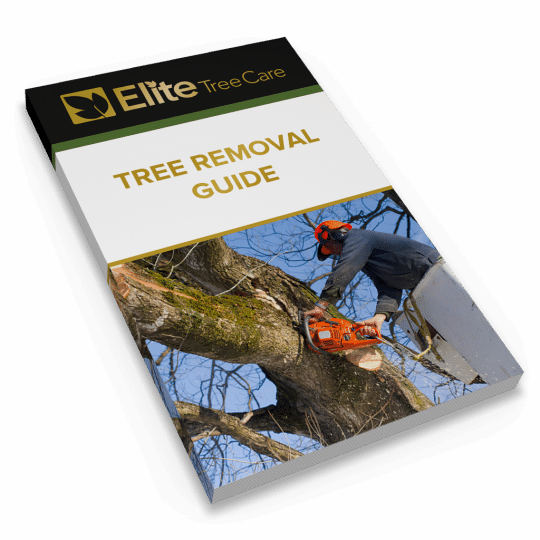Tree Removal? Consider Tree Replacement
Evaluate Your Space & Planting Options
Posted
December 7, 2023

Removing a tree from your yard isn’t always an easy decision. Not only is it an expensive project, but trees provide many benefits to your property and the environment. However, if the tree is beyond repair and must come down, you should still consider tree replacement. Learn about the different options and which one is best for your lifestyle.
Tree Replacement Checklist
Even before you remove a tree, you should think about what’s going to take its place? Of course, remember why the tree is coming down in the first place. Consider these factors before planting anything else:
- Proximity to structures. if the structure isn’t moving anywhere, you need to plant something that won’t get in its way or vice versa.
- Available light. One of the key growth factors. Make sure whatever is being planted can survive.
- Climate. Your best bet is planting a native plant. This way you know it can thrive in your area.
- Soil. Whether it’s compacted or lacking nutrients, tend to the soil before you plant anything new.
- Size. Consider how big the plant will get over time. Then decide if the space can safely accommodate.
After your evaluation, you can better determine what to regrow in the empty area, unless it’s being cleared for construction. Even if you don’t plan on planting a tree in the exact spot, scout the rest of the yard for a more suitable space. With all the benefits that plants provide, it’s important to add some natural element, such as a garden, short shrub, or at least a house for birds or bees to help give back to the environment.
Preparing the Site for Replacement
If you’ve decided to replant another tree or shrub in the area, keep in mind that removing a tree doesn’t remove all the roots. A tree’s root structure extends as far as the crown’s diameter. That means you could have a strong root system winding through the soil. Trying to plant anything new directly on top of this may prove difficult. Follow these steps to make it a bit easier.
- Clear the area. Once the tree is removed, you’ll need to remove the stump if you want to replant in that spot. Whatever method you choose to complete this task, you’ll still be left with a mess. Clear any wood chips, ash, roots, and other debris left by the stump.
- Add dirt. Fill the stump hole and any uneven areas where roots were removed. Try to make the area even with your yard, especially if you’re reseeding or turning it into a garden.
- Prepare the area. Your preparation depends on what you want to replant. If it’s another tree, make sure the conditions are improved or you may run into the same problems as the tree you just removed. If you’re regrowing grass, try to match the variety as the rest of your lawn.
Don’t be afraid to enlist the help of a professional arborist when deciding what should be replanted. Save yourself the trouble of having to remove the tree again in the future by properly evaluating the space, choosing the right plant, and regularly maintaining what’s there. Contact Elite Tree Care for a consultation on anything from tree removal to maintenance methods to ensure your yard thrives.

Download Your FREE Tree Removal Guide
Even dedicated DIYers should think twice before taking on the task of tree removal. Our guide will help you decide whether to hire a tree service and how to get the most value for your money.